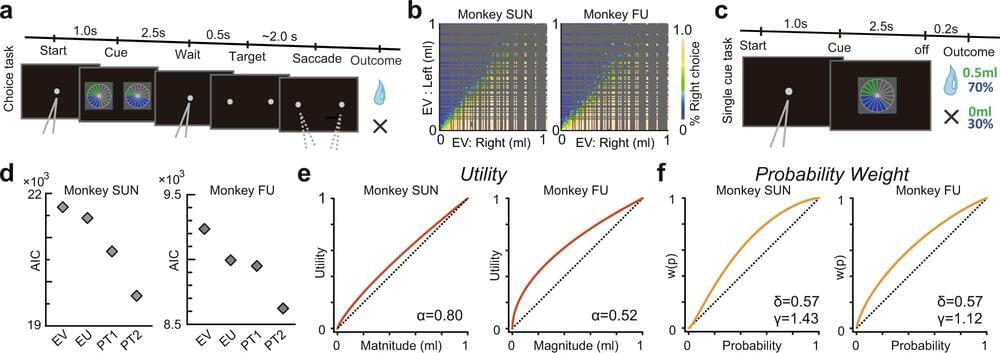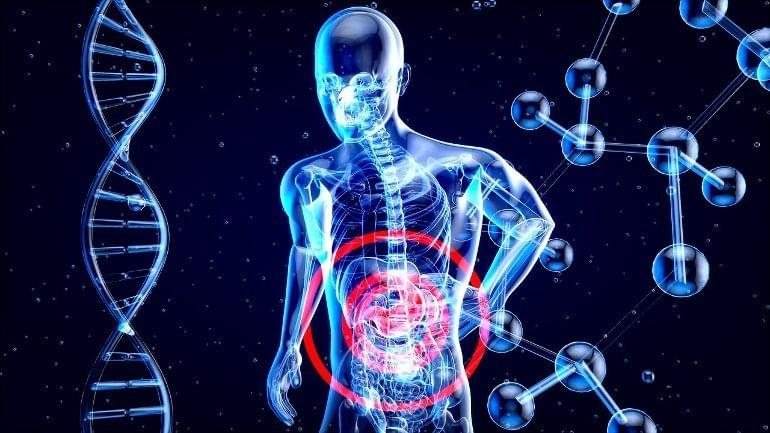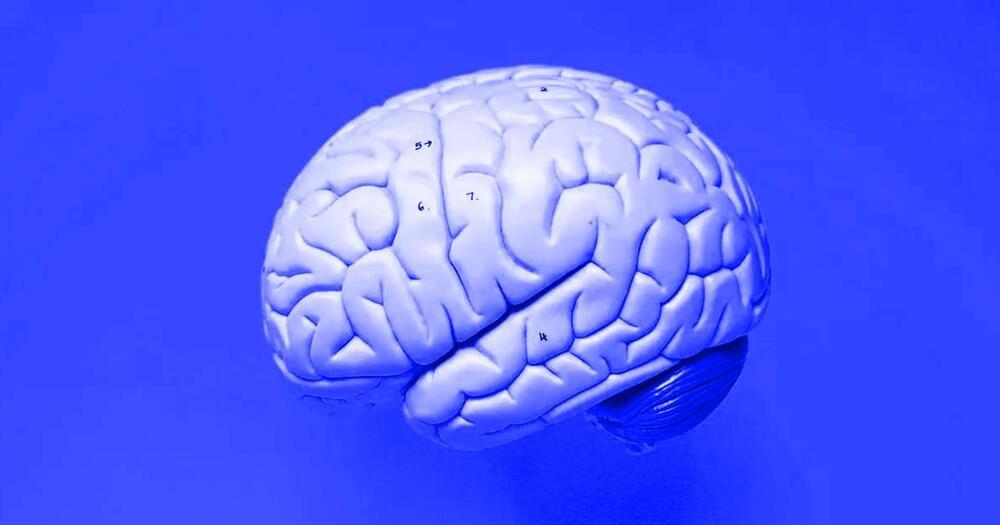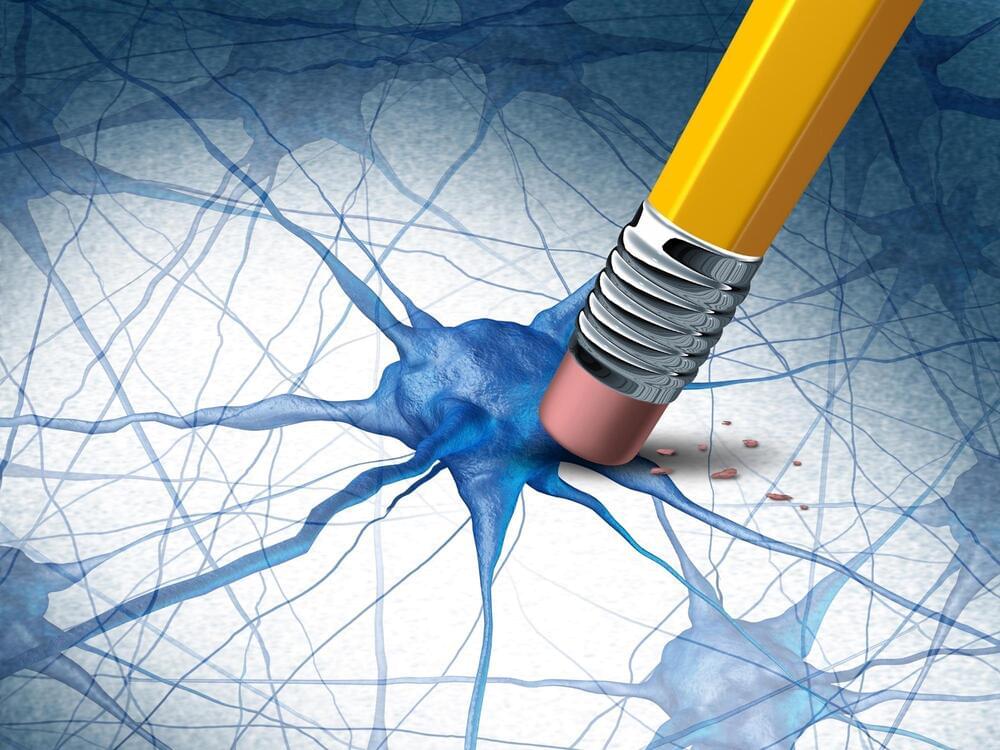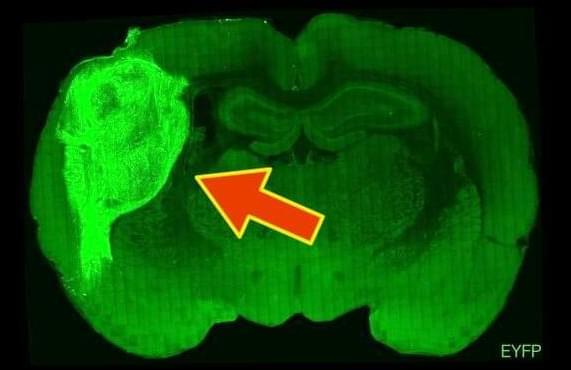The mechanisms underlying decision-making have been a long-standing focus of neuroscience research. But now, researchers from Japan have found new information about how the reward system in the brain processes risky decisions.
In a study recently published in Nature Communications, researchers from the University of Tsukuba have revealed that individual neurons in the neural circuit that processes reward information fire in accordance with a well-established theory used to describe the decision-making process.
First proposed in the 1970s, prospect theory is a highly influential concept used to describe how people and animals make choices. Although this theory has been supported by thousands of studies, limitations in the temporal and spatial resolution of human neuroimaging techniques have prevented researchers from determining whether the activity of individual neurons follows this pattern, something that the researchers at the University of Tsukuba aimed to address.
